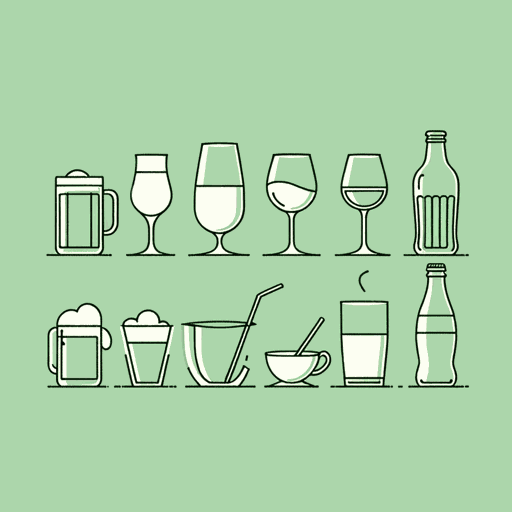48 pages • 1 hour read
Tom StandageAn Edible History of Humanity
Nonfiction | Book | Adult | Published in 2008A modern alternative to SparkNotes and CliffsNotes, SuperSummary offers high-quality Study Guides with detailed chapter summaries and analysis of major themes, characters, and more.
Part 4Chapter Summaries & Analyses
Part 4: “Food, Energy, and Industrialization”
Part 4, Chapter 7 Summary: “New World, New Foods”
A painting of King Charles II of England from 1675 shows the king standing in front of his head gardener, presenting the monarch with a pineapple. The fruit was a symbol of power and wealth. Only the king had access to pineapples, and the success of their transport was a testament to his trading prowess. Charles employed botanists to bring prestige and knowledge to his reign. The English, French, and Dutch were in a race to make as many advancements in botany as possible. They developed elaborate gardens, hoping to cultivate all the world’s plants in a single space. These botanists had two priorities: contributing to a growing field of research and ensuring their work assisted the monarchy.
One of the factors that made this new wave of research possible was the “Columbian Exchange,” named after Christopher Columbus, who connected the Americas to the rest of the world through his mistaken belief that he had found a new passage to Asia: “Crops had always migrated from one place to another, but never with such speed, on such a scale, or over such large distances” (111). Food crops began to move across the globe, including sugar, rice, potatoes, and maize. Some new crops proved to be hardy additions to new climates, such as the sweet potato in Japan.
Related Titles
By Tom Standage



